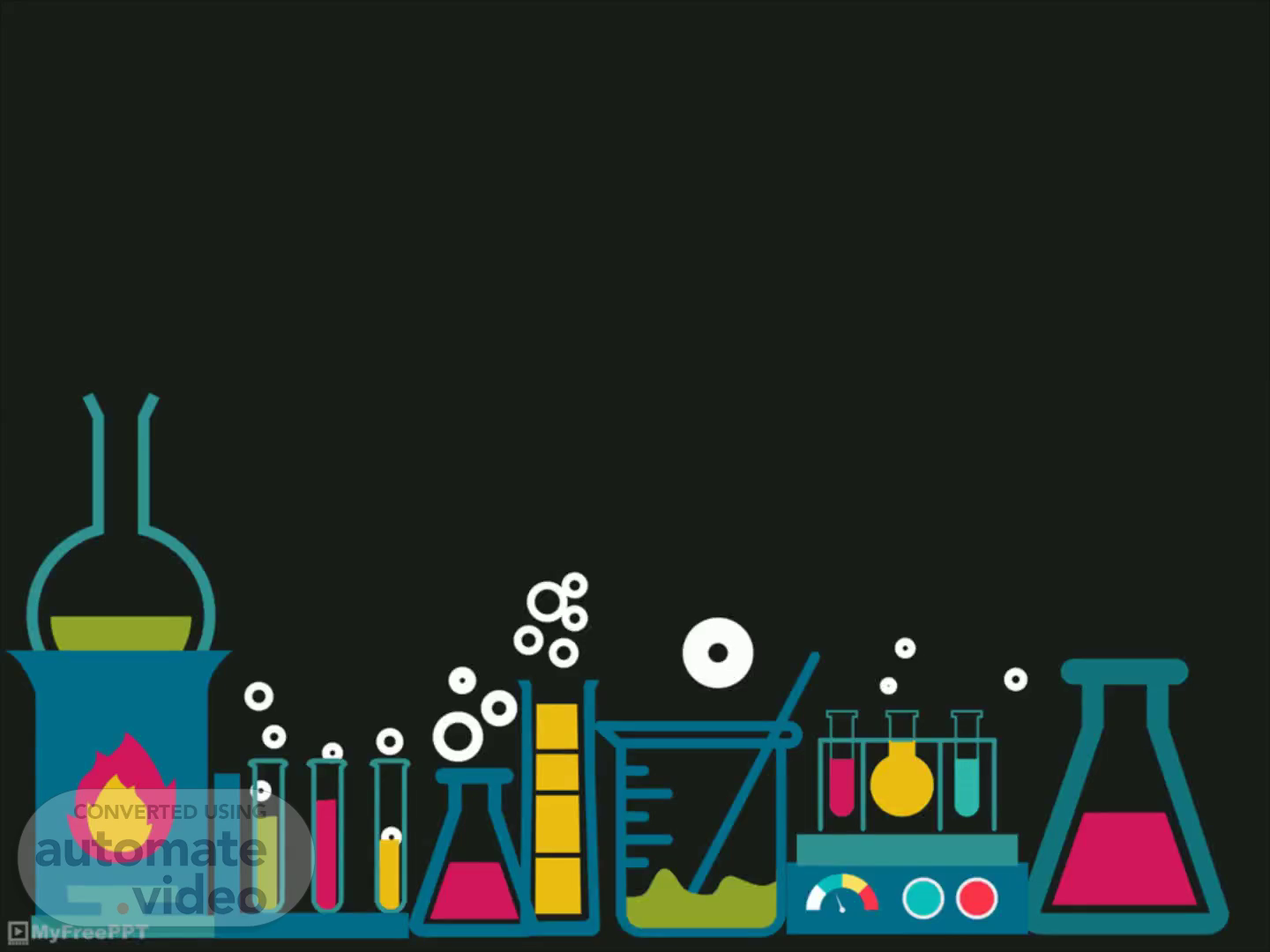
Page 1 (0s)
Physical Science Quarter 1 – Module 8. Collision Theory and Chemical Reaction Rate.
Page 2 (2m 23s)
Show a boeor•e class wait to be ento the Find o quiet place oe distractions. television. parents. pets. etc.) Oe Ot tirnes. WhUe MO'.n•• Video ors. no hand O,r• inappropriate ionguoge. Stoy on rnute. C"ek the ••r•ojse hand" button •••o•u hove o question ore to shore. Stay focused ond on task so you don•t rn•ss onytt•ung the spooker• says..
Page 3 (3m 27s)
1.Define collision theory and describe. how it affects the chemical reaction;.
Page 4 (3m 49s)
Chemical reactions are common in. our daily lives: from cooking, eating,.
Page 5 (6m 11s)
Reactants - the substances or particles. that enter and is changed in the chemical reaction.
Page 6 (7m 32s)
What is a Chemical Reaction?.
Page 7 (8m 46s)
There are two factors that determine whether a reaction will occur.
Page 8 (9m 26s)
Substances or particles of. Collision Theory. reactants must physically.
Page 9 (9m 46s)
Substance or particles must come into contact or collide in the correct orientation.
Page 10 (10m 15s)
FG14_012. Substances or particles of reactants must physically collide with enough energy.
Page 11 (10m 39s)
FG14_016. Substance or particles must come into contact or collide in the correct orientation ( facing the correct way)..
Page 12 (11m 43s)
Reactants Energy Changes in Reaction 1 —— Activated complex Activation energy Energy of reactants Energy released by reaction Product Energy of products.
Page 13 (12m 34s)
The rate of reaction is the speed at which a reaction occurs or how fast it occurs..
Page 14 (14m 8s)
1. Activation Energy. 2 . Temperature. Factors that Affect Rate of Reaction.
Page 15 (14m 28s)
Screen Clipping. Screen Clipping. FACTORS AFFECTING THE RATE OF REACTION:.
Page 16 (15m 36s)
Question:. Can you think of another example to show how activation energy works?.
Page 17 (17m 3s)
Screen Clipping. FACTORS AFFECTING THE RATE OF REACTION:.
Page 18 (22m 3s)
Screen Clipping.
Page 19 (23m 7s)
Screen Clipping. S U O I S 1 1 00 910 : U O U O 51 H S U O I S I I O : O U O O M O I 0.
Page 20 (25m 11s)
Screen Clipping. low SurfaceArea High SudaceArea 0:AcidPantle 0:MagnesiumAtom.
Page 21 (29m 14s)
To understand this further, try to analyze the picture and answer the questions EAow: Low Surface Area Figure 1 High Surface Area Figure 2 How many reactant particles can be seen on Figure I? Which do you think is the solid particle on Figure I? What have you observed to the reactant particles in Figure 2? In which container will the solid particle dissolve faster and why?.
Page 22 (32m 48s)
Now is the time for you to explore your knowledge about collision theory and the factors affecting the rate of chemical reaction.
Page 23 (33m 6s)
Suppose you held a lighted match to a solid piece of wood and another match to a pile of wood shavings. Which form of wood would catch fire more easily and why? ________________.
Page 24 (35m 57s)
Create your own 5-minute experiment video by choosing one of the factors discussed in this lesson..
Page 25 (37m 2s)
Rubric for Grading The video will be scored from I to 5, with 5 Eång the highest. The criteria for grading are as follows: Criteria Visuals Audio Content Timeliness Expectations The video is clear and engagng. Camera shots tell the story' visually and no lighting problems. Loudness and dialogue are balanced. Spoken words show confidence and are connncmg. Deliver of content is precise and complete. Emphasis given should be based on the discussion. The video should consume the required 5-minutes. For every less or added minute/ s, points uhll deducted..